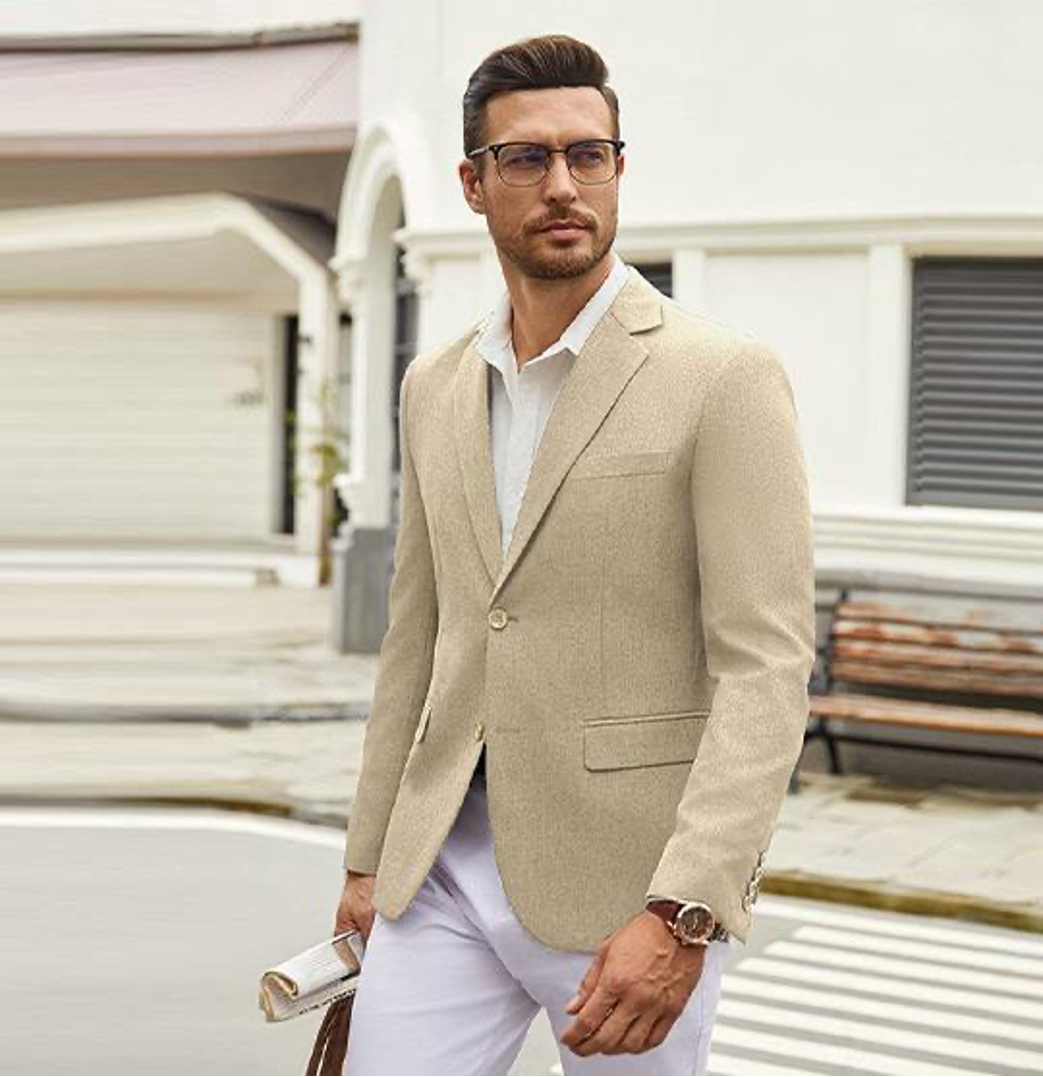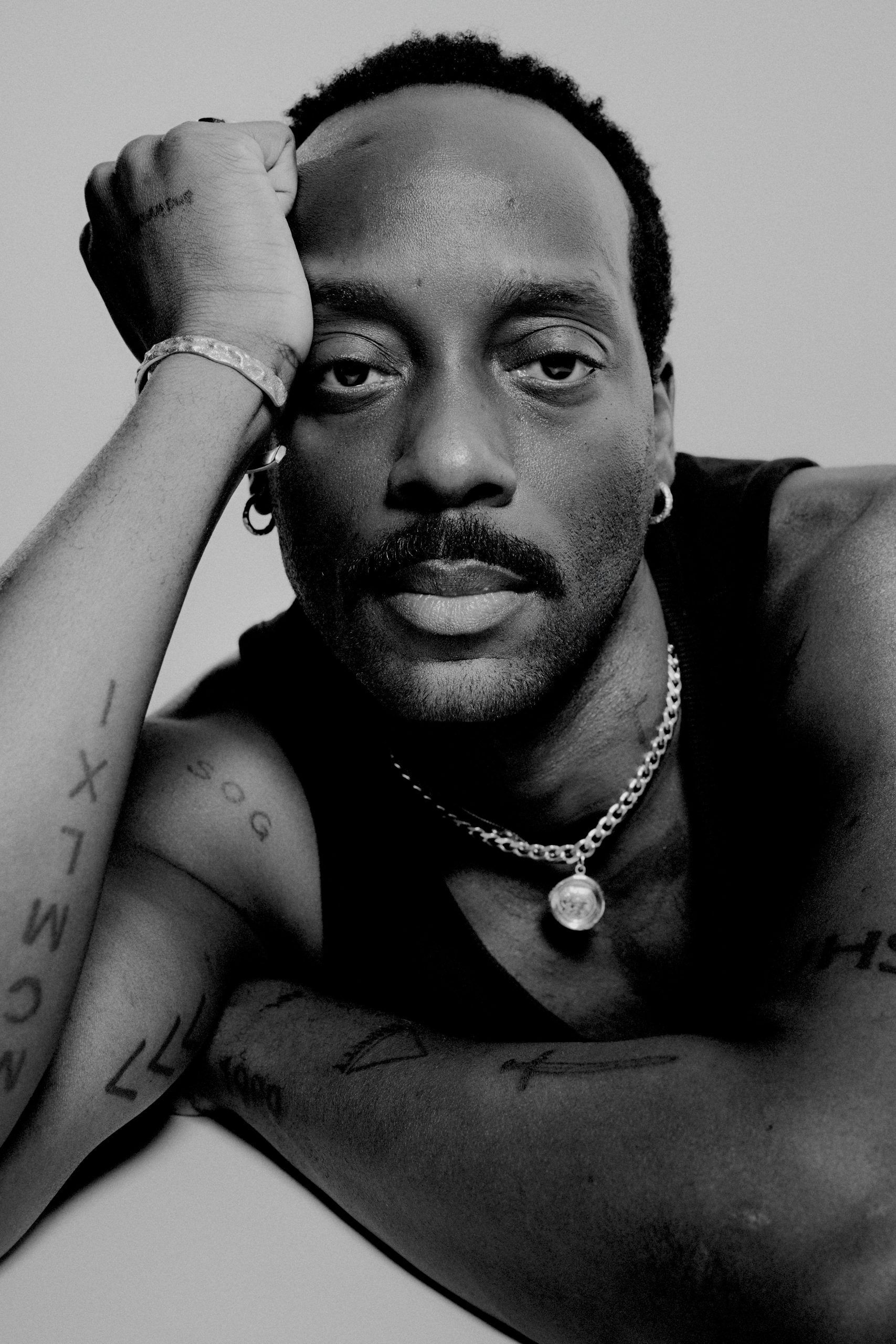
Wearing a dress shirt, suit, and tie isn’t just putting three formal items together—what makes a difference is how you combine them. Even high-quality men’s shirts can look average if they’re paired with the wrong suit or tie. This guide explains simply and practically how to coordinate your shirt, suit, and tie so the whole outfit looks polished and intentional.
Why Does Proper Styling of Dress Shirts, Suits, and Ties Matter?
A well-coordinated combination immediately elevates your appearance and helps you look more professional and confident. When the colors, fabrics, and patterns support each other, the outfit feels clean and refined.
The best part is that one man’s dress shirt can give you several different looks depending on which suit and tie you wear with it. Once you understand the basic rules, you don’t need a huge wardrobe to create multiple formal outfit combinations.
How Do You Select the Right Dress Shirt Based on Suit Type and Occasion?
When choosing a formal shirt, consider not only the style but also whether it complements your suit and matches the formality of the occasion. The right shirt can elevate your overall look and add a touch of flair to your outfit. Keep the following in mind:
- Start with the Occasion: For business meetings, choose a white or light-colored men’s dress shirt, without appearing too casual.
- Suit Fabric Pairing: Structured suits pair best with crisp poplin or broadcloth. Soft cotton blends or linen suits are better paired with lightweight Oxford or linen shirts for a cohesive look.
- Ensure the Suit Is Tailored and Fits Neatly: Shoulder seams should fall flat at the shoulder bones, and the shirt should fit snugly. Additionally, choosing a clean silhouette will keep the jacket neat and wrinkle-free.
- Pay Attention to the Collar and Cuff Style: A wide collar looks more formal and is suitable for larger tie knots. A peak collar, on the other hand, feels looser and is ideal for thin ties and smart casual attire.
- Choose the Appropriate Fabric Weight for the Season: In summer, opt for breathable cotton or linen shirts. In winter, switch to twill or brushed cotton to complement heavier wool suits better.
How Can You Match Dress Shirt Colors and Patterns with Different Suits?
The key here is balance. If your suit already has a strong pattern (stripes, checks, etc.), stick to solid-color shirts like white, light blue, or pale pink. That keeps everything clean and coordinated.
If your suit is plain, it’s a great chance to add a little interest with low-contrast patterns such as micro-checks or thin stripes. And always pay attention to contrast—dark suits look better with light shirts, while dark shirts should only be paired with light or neutral suits.
How Should You Choose a Tie That Complements Both the Shirt and the Suit?
Choosing the right tie isn’t just about tying your shirt and suit together; it’s also about adding a finishing touch to your outfit. A few simple styling rules will help you achieve a clean, balanced, and formal look:
- Tie Should Be a Darker Color Than Your Shirt: A slightly darker tie creates a visual anchor, naturally draws the eye upward, and prevents the outfit from looking monotonous.
- Match Your Suit: Choose a tie in the same color family as your suit (for example, navy or burgundy with a gray suit). This creates a sense of harmony and adds a touch of sophistication to your outfit.
- For Patterned Shirts, Pair Them with a Solid-Colored Tie: If your shirt has stripes, checks, or textures, a solid-colored tie can soften the overall color and prevent the outfit from looking too busy.
- For a Plain-Colored Shirt, Add a Subtle Pattern: A solid-colored shirt provides more space for visual interest. Small dots, pinstripes, or twill patterns can add a touch of energy without appearing too overwhelming.
- The Width of Your Tie Should Match Your Lapels: Wide lapels generally work best with wide ties, while narrow lapels are better with narrow ties. Keeping these proportions consistent creates a cleaner, more balanced look.
- Avoid Overly Shiny Ties Unless the Occasion Is Very Formal: high-shine silk ties can look out of place during daytime or business settings. Save them for evening events or ceremonies, which are more suited to elegant, formal attire.
What Common Styling Mistakes Should You Avoid When Combining Shirts, Suits, and Ties?
Even with high-quality pieces, small mistakes in coordination can make the overall outfit look unbalanced or messy. Avoiding a few common errors will instantly make your shirt-suit-tie combinations look much more polished:
- Wearing a shirt and tie in almost the same color (no contrast = no depth)
- Mixing bold patterns in the jacket, shirt, and tie all at once
- Using seasonal fabrics incorrectly (for example, a wool tie with a lightweight summer shirt)
- Ignoring the relationship between collar shape and tie knot size
- Choosing a tie that’s too wide or too narrow for the suit’s proportions
Summary
At the end of the day, styling dress shirts with suits and ties is all about balance and contrast. By choosing high-quality men’s shirts, matching them with the right suit color and structure, and finishing the look with the appropriate tie, you can build outfits that look polished, confident, and professional every time. Focus on getting the proportions right and avoid a few common mistakes—the results will show immediately.



